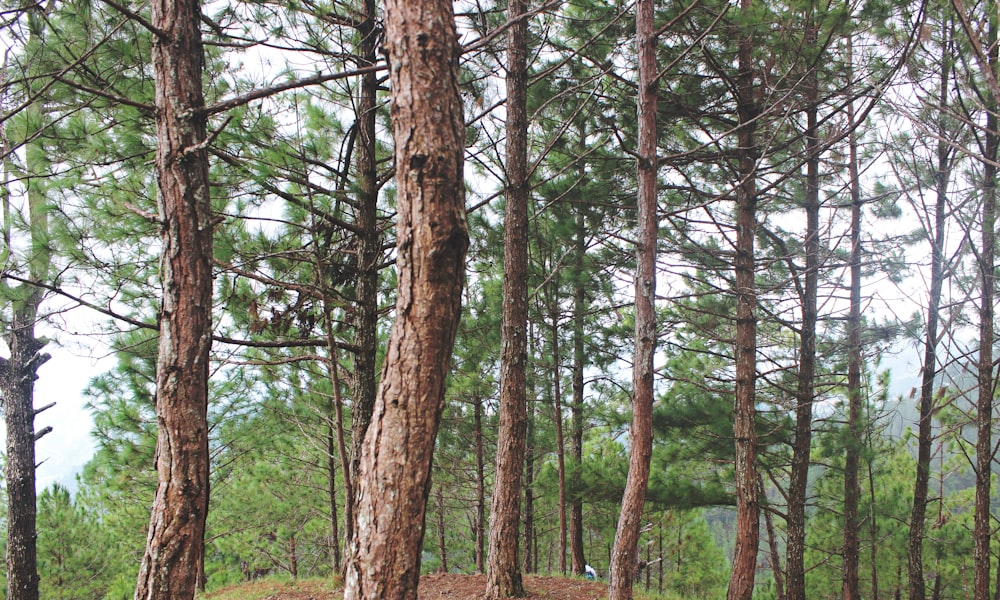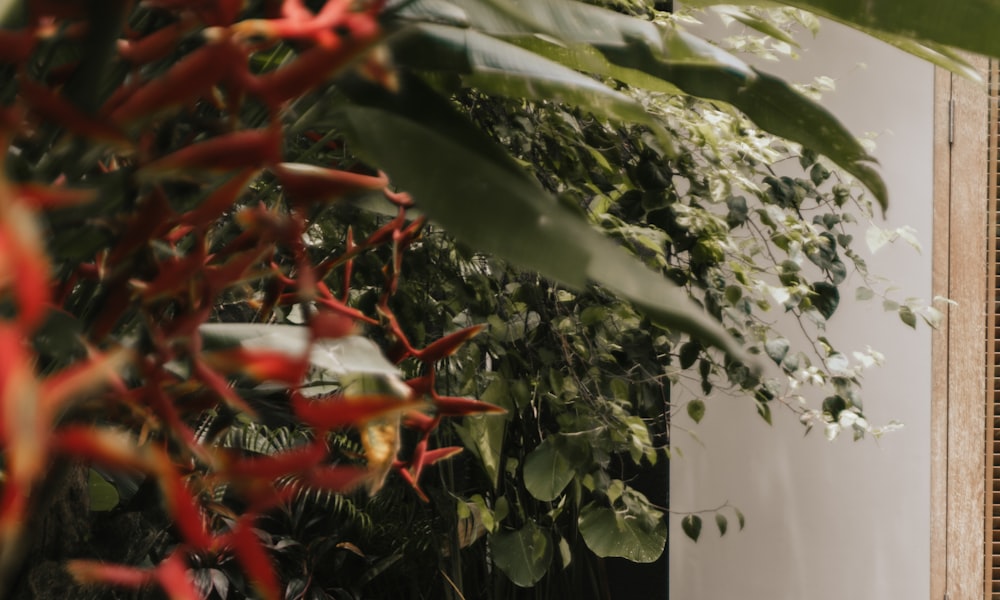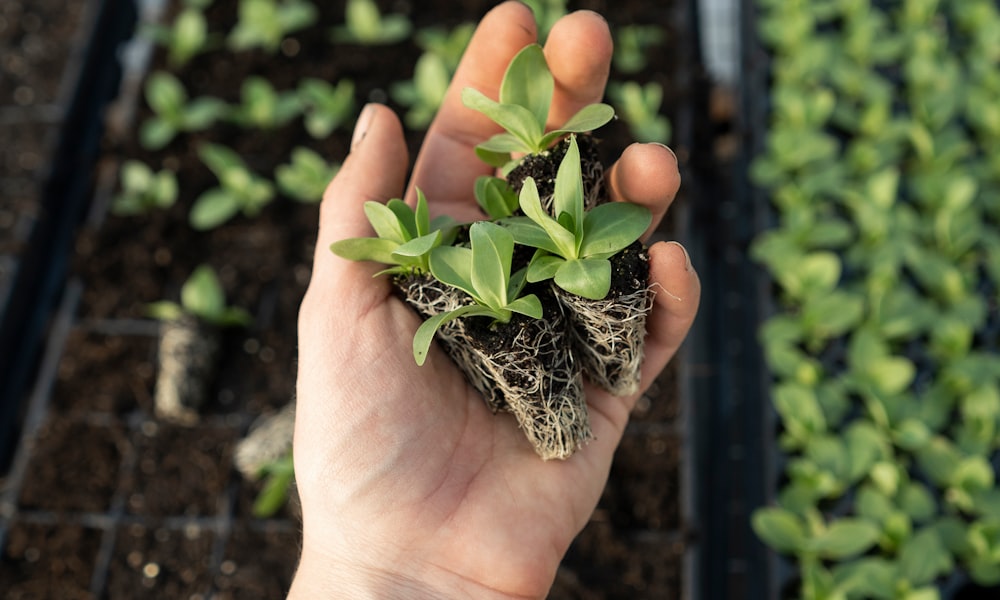Maximizing Your Garden How Far Does 100L of Bark
Maximizing Your Garden How Far Does 100L of Bark Cover?
Introduction:
Are you considering sprucing up your garden but unsure how far 100L of bark can go? Let’s explore the potential of this natural resource and how you can make the most of it to transform your outdoor space.
Keywords: garden bark cover
Understanding Your Garden’s Needs:
Before diving into the specifics, it’s essential to assess your garden’s requirements. Take a walk around and note areas that could benefit from a layer of bark. Are there bare patches that need some TLC? Or perhaps you want to define pathways or flower beds? Understanding your garden’s needs will help you determine the best approach for utilizing 100L of bark effectively.
Keywords: garden needs assessment
Calculating Coverage:
Now, let’s crunch some numbers. The coverage provided by 100L of bark largely depends on the thickness of the layer you apply. As a general rule of thumb, a depth of 5-7.5cm (2-3 inches) is sufficient for most purposes. However, if you’re aiming for more substantial weed suppression, you might opt for a thicker layer.
Keywords: bark coverage calculation
For instance, if we consider a depth of 5cm, 100L of bark can cover approximately 2 square meters (21.5 square feet). This estimation allows for adequate coverage while ensuring you make the most of your bark supply.
Keywords: bark coverage estimation
Practical Application:
Now that we have a rough idea of the coverage provided by 100L of bark, let’s put it into practice. Suppose you have a flower bed measuring 4m x 2m (13ft x 6.5ft) that needs mulching. By applying a layer of bark at a depth of 5cm, you’ll require approximately 200L of bark to cover the entire area.
Keywords: practical bark application
However, if you’re on a budget or prefer a thinner layer, you can adjust the depth accordingly. Remember, the key is to strike a balance between coverage and cost-effectiveness while meeting your garden’s needs.
Keywords: budget-friendly bark application
Enhancing Aesthetics:
Beyond its practical benefits, bark mulch can significantly enhance the aesthetic appeal of your garden. The rich, earthy tones provide a natural backdrop for your plants, creating a visually pleasing environment. Additionally, bark mulch helps retain moisture in the soil, promoting healthy plant growth and reducing the need for frequent watering.
Keywords: garden aesthetics enhancement
Imagine strolling through your garden, greeted by lush greenery accented by the warm hues of bark mulch. It’s a picturesque scene that invites you to unwind and connect with nature.
Keywords: picturesque garden scene
Furthermore, the texture and aroma of bark mulch add another dimension to your outdoor space, engaging multiple senses and elevating the overall experience.
Keywords: sensory garden experience
Environmental Benefits:
In addition to its aesthetic appeal, bark mulch offers several environmental benefits. Unlike synthetic alternatives, such as rubber mulch, bark is a natural, biodegradable material sourced from renewable resources.
Keywords: environmental-friendly mulch
By choosing bark mulch for your garden, you’re making an eco-conscious decision that supports sustainable practices. As the bark decomposes over time, it enriches the soil with essential nutrients, contributing to long-term soil health and fertility.
Keywords: sustainable gardening practices
Furthermore, bark mulch acts as a natural insulator, regulating soil temperature and protecting plant roots from extreme heat or cold. This insulation effect can be particularly beneficial during the fluctuating temperatures of spring and autumn, helping your plants thrive year-round.
Keywords: natural soil insulator
Practical Tips for Application:
Now that you’re ready to tackle your garden project, here are some practical tips to ensure a successful application of bark mulch:
-
Prepare the area: Remove any weeds, debris, or existing mulch before applying the new layer of bark. This allows for better soil contact and prevents weed growth.
-
Apply evenly: Spread the bark mulch evenly across the desired area, ensuring consistent coverage. Use a rake or shovel to distribute the mulch and achieve the desired thickness.
-
Maintain a border: Define the edges of flower beds or pathways with stones, bricks, or edging to contain the bark mulch and prevent it from spreading onto surrounding areas.
-
Top up as needed: Over time, the bark mulch may decompose or be displaced due to weather conditions or gardening activities. Periodically check the depth of the mulch and top up as needed to maintain an adequate layer.
- Monitor moisture levels: While bark mulch helps retain moisture in the soil, it’s essential to monitor moisture levels regularly, especially during hot and dry periods. Water your plants as needed to ensure they receive sufficient hydration.
Keywords: practical bark application tips
Conclusion:
In conclusion, the question of how far 100L of bark can cover depends on various factors, including the thickness of the layer and the size of the area to be mulched. By following the guidelines outlined in this article and considering your garden’s specific needs, you can make the most of this versatile resource to enhance both the aesthetics and health of your outdoor space.
Keywords: bark mulch conclusion
So why wait? Transform your garden today with the natural beauty and practical benefits of bark mulch!
Keywords: garden transformation bark mulch
Image Links:














